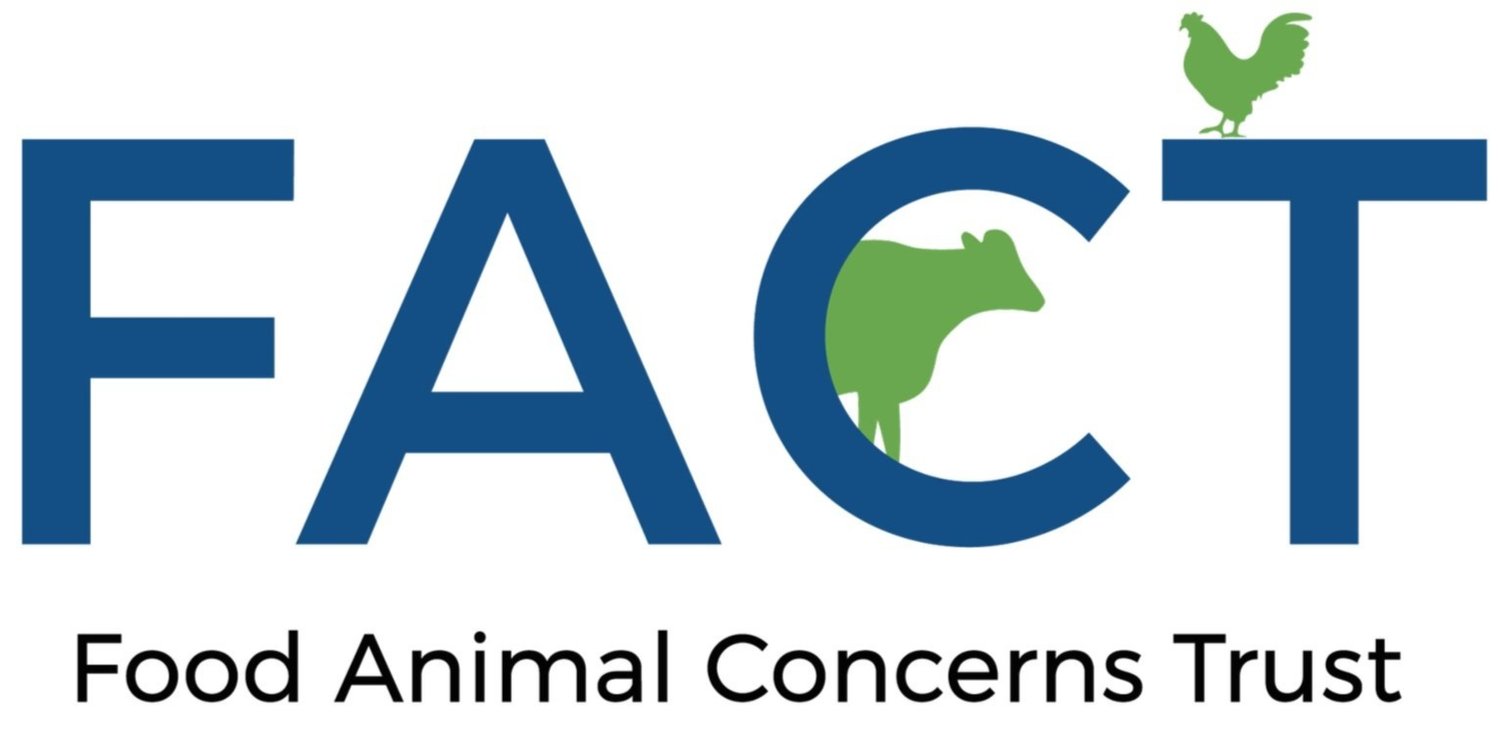Antibiotic Resistance: An Unyielding Crisis and the Urgent Need for Reform
By Madeleine Kleven, Safe and Healthy Food Program Coordinator
Antibiotic resistance remains one of the most pressing public health threats of our time. Despite concerted global efforts to address this issue, recent data from the FDA's National Antimicrobial Resistance Monitoring System (NARMS) underscores a troubling reality: many resistance trends are not improving as hoped. Instead, we're witnessing a worrisome rise in multidrug-resistant bacteria across various animal isolates, which has significant implications for both human health and food safety. When food animals are infected with germs that are resistant to antibiotics, the germs can make their way into the food supply through contamination of meat products at slaughter or the environment. If meat is not cooked or prepared correctly, these germs can infect humans, making them very sick. Therefore, seeing a rise in resistant germs in animals has troubling implications for human health.
Rising Resistance in Swine
The NARMS database provides a crucial window into the state of antibiotic resistance across different animal species over time and is an important tool for assessing whether or not the antibiotic resistance crisis is improving or worsening. As the FDA states on its website, “Antimicrobial resistance is extremely complex and driven by many factors. In general, it is difficult to draw meaningful conclusions by comparing just one year to another. Instead, it is best to look for patterns that emerge over several years.” Unfortunately, when we look at the data over the last several years, there are certainly upward trends in resistance that need to be addressed.
For instance, fluoroquinolone resistance in E. coli has been steadily increasing among cecal swine isolates over the last 10 years.[1] Fluoroquinolones are a class of antibiotics, which includes drugs like ciprofloxacin and enrofloxacin, that are crucial for treating various bacterial infections in humans from urinary tract infections to respiratory infections. Emergence and spread of fluoroquinolone resistant strains of E. coli can complicate treatment options for humans and pose a risk to public health. This trend in resistance over time is alarming as it highlights a broader issue of antibiotic stewardship and its impact on both animal and human health.
Antimicrobial Resistance by Year of Ciprofloxacin from Market Swine
Campylobacter and Cephalosporin Resistance
The issue extends beyond E. coli. For Campylobacter, a common bacterial cause of foodborne illness, fluoroquinolone resistance is increasing in both cecal swine and beef isolates. This bacterium, often found in undercooked poultry and other meats, can lead to severe gastrointestinal infections in humans. The FDA prohibited the use of fluoroquinolones in poultry in 2005 because of evidence that its use in these species was making it harder to treat Campylobacter infections.
Antimicrobial Resistance by Year of Campylobacter from Market Swine
Additionally, resistance to cephalosporins —a critical class of antibiotics used to treat a range of infections—is also rising in E. coli isolates from cecal swine. Cephalosporins like cefoxitin and ceftriaxone are essential for treating severe bacterial infections in humans, and resistance in swine is problematic.
Antimicrobial Resistance by Year of Cephalosporins from Market Swine
Salmonella and Multidrug Resistance
Salmonella remains a significant concern in poultry, with multidrug-resistant (MDR) strains becoming increasingly common among chickens. These strains are resistant to multiple classes of antibiotics (specifically 3 or more), making infections harder to treat and control. Salmonellosis is the second leading cause of foodborne illnesses in the U.S. but is the leading cause of hospitalizations and deaths from food poisoning. The majority of people get infected with Salmonella from contaminated animal products, such as meat, poultry, eggs, or dairy, and contaminated meat and poultry products are responsible for over 40% of the U.S. Salmonella illnesses each year. The spread of MDR Salmonella through poultry can have serious implications for public health, particularly when it contaminates the food supply. As more of these multidrug resistant strains spread, we will likely see even more hospitalizations and deaths from Salmonella infections.
Multidrug Resistance in Salmonella found in poultry samples By Year
Human isolates show similar trends, with multidrug resistant Salmonella increasing more rapidly in the last 12 years. This trend underscores the interconnected nature of human and animal health, emphasizing the need for comprehensive strategies to address resistance across all fronts.
Antimicrobial Resistance by Year of Salmonella in Humans
The Path Forward
To combat the growing threat of antibiotic resistance, it's crucial to address the overuse and misuse of antibiotics in industrial animal agriculture. FACT advocates for a shift towards more sustainable agricultural practices and strong federal and corporate action to reduce the use of antibiotics and address antibiotic resistance. This includes promoting local, pasture-based systems with high welfare standards and judicious antibiotic use, advocating for overall reductions in antibiotic use in industrial agriculture, banning the use of antibiotics in healthy animals, and gathering critical data on how antibiotics are being used in animal agriculture, so we know how to reverse the increasing resistance trends.
The rising trends of antibiotic resistance in various animal isolates signal a need for urgent reform in the industrial agriculture sector. By embracing a more sustainable approach and reducing antibiotic use, we can better protect both human and animal health. The future of effective antibiotics depends on our actions today.
[1] At slaughter, a sample is collected from the intestinal tract (cecal) of the animal.




